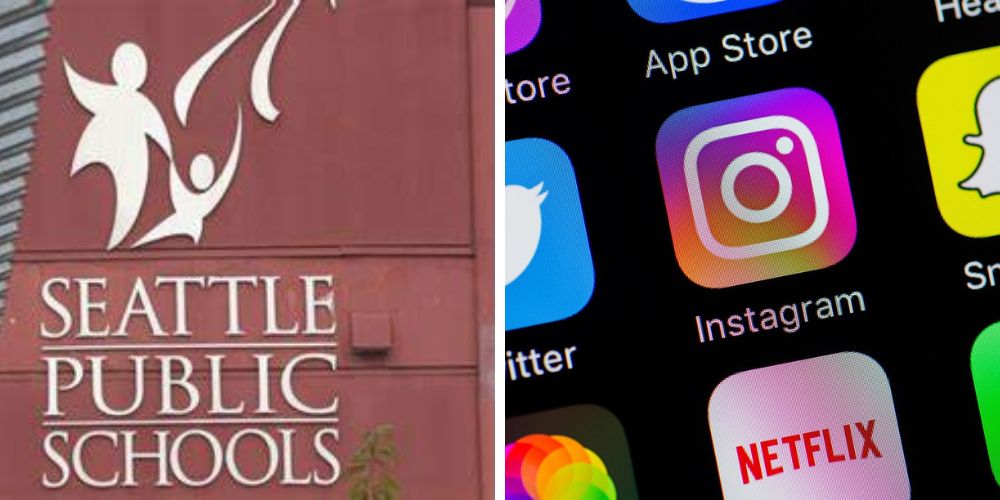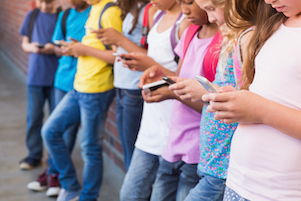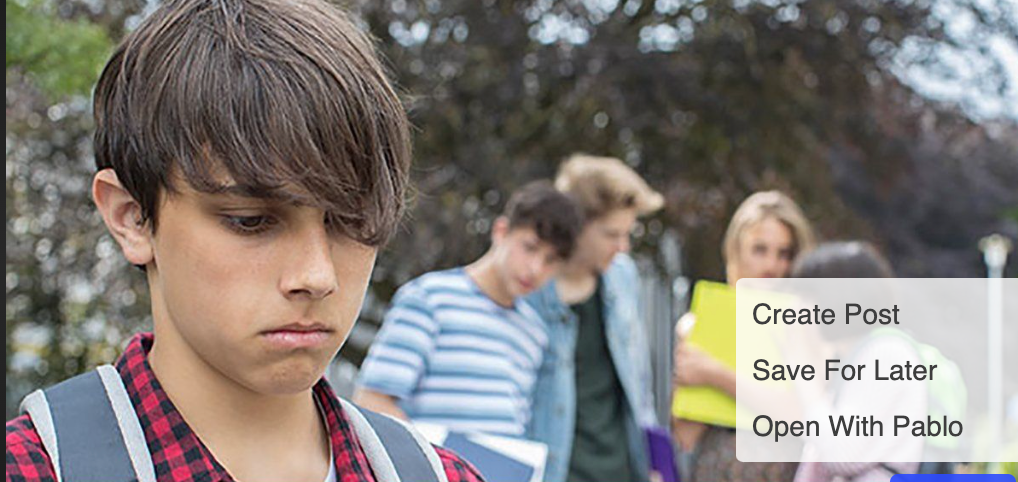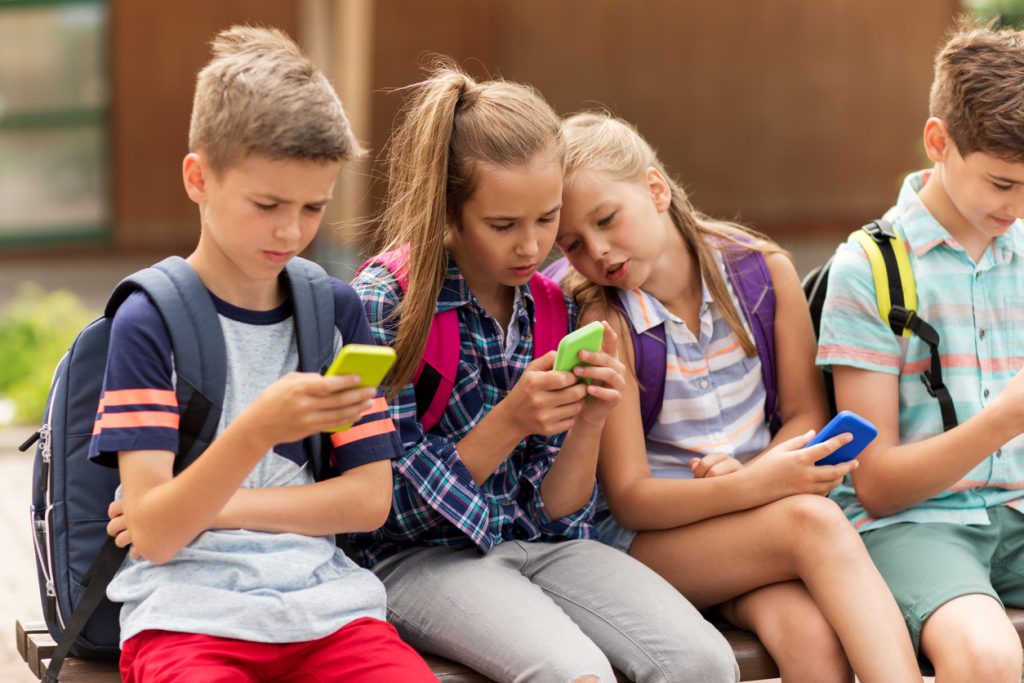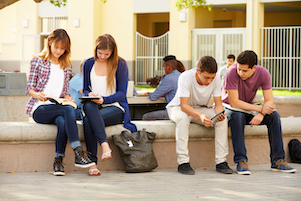We Examine the Evidence that Social Media Platforms Are Harming Our Kids
Last Friday, while lawmakers in the “other” Washington were jockeying to elect a Speaker of the House, the Seattle Public School District, the largest K-12 school system in Washington state, filed a lawsuit in U.S. Direct Court against TikTok, YouTube, Facebook, Snap, Instagram, and their parent companies, leveling a wide range of allegations against the social media platforms’ systems, methods and tactics that have led to a mental health crisis among our young people and impacted their education.
The school district of more than 49,000 students and 106 schools, alleges that it has suffered significant financial and operational harms from the nefarious design and targeting of social media and its psychological attraction and addiction among students.
THE ALLEGATIONS
The lawsuit alleges that the Defendants have exploited the vulnerable brains of young people, hooking tens of millions of students across the country into positive feedback loops of excessive use and abuse of the accused social media platforms. Worse, the content these services have curated and promoted to youth is too often harmful and exploitive.
The Defendants’ copious evidence and research studies attribute the misconduct by social media marketers as the substantive factor in causing what is described as a youth mental health crisis, marked by higher and higher proportions of young people in schools struggling with anxiety, depression, thoughts of self-harm, and suicidal ideation.
Researchers studying the effect social media has on the brain have shown that social media exploits “the same neural circuitry” as “gambling and recreational drugs to keep consumers using their products as much as possible.”
Ninety percent of children ages 13–17 regularly use social media as do younger children. One study reported 38 percent of children ages 8–12 used social media in 2021. Other studies reveal numbers as high as 49 percent of children ages 10–12 and 32 percent of children ages 7–9 use social media.
The most popular of these platforms is YouTube, attracting a vast majority, 95 percent, of children ages 13-17. TikTok has skyrocketed in popularity with teenagers. Instagram’s numbers are comparable to TikTok, with 62 percent of children ages 13–17 reporting they have used the app. Snapchat also remains popular with youth, with 59 percent of children ages 13–17 reporting they have used the app. Facebook rounds out the five most popular social media platforms, with 32 percent of children ages 13–17 reporting they have used Facebook’s app or website.
THE TACTICS
The lawsuit alleges that this mental health crisis is no accident. It is the result of the Defendants’ deliberate choices and affirmative actions to design and market their social media platforms to attract young people.
Facebook, Instagram, Snap, TikTok, and YouTube all offer tailored “feeds” of content curated by complex algorithms intended to learn your interests; ways to publicly express affirmation for such curated content through “likes,” comments, and sharing or reposting the content; and, in fact, each is known to copy the designs and features of one another.
The design of these “feeds”—whether of photos, videos, or sponsored or promoted messages — uses algorithms to serve personalized content for users to consume ad nauseam. Google’s former design ethicist, Tristan Harris, explained that this never-ending stream is designed to “keep [users] scrolling, and purposely eliminate any reason for [them] to pause, reconsider or leave.”
A second way social media platforms manipulate users is through social reciprocity. “Reciprocity,” from a psychology perspective, refers to the powerful social phenomenon of how people respond to positive or, conversely, hostile actions. Users feel obligated to respond to positive messages and other stimuli which keeps them on the platform or lured back through push notifications—another insidious tool.
A third way Defendants manipulate users to keep using or coming back to their platforms is through the use of intermittent variable rewards (“IVR”). Slot machines are a frequent example of how IVR works. Users pull a lever to win a prize. With each pull, the user may or may not win a prize (i.e., an intermittent reward that varies in value).
IVR works by spacing out dopamine triggering stimuli with dopamine gaps— allowing for anticipation and craving to develop, which strengthens the desire to engage in the activity with each release of dopamine. Defendants bake IVR into the design and operations of their respective platforms by “link[ing] a user’s action (like pulling a lever) with a variable reward.”
For example, when “we swipe down our finger to scroll the Instagram feed, we’re playing a slot machine to see what photo comes next.” Meta also delays the time it takes to load the feed. “This is because without that three-second delay, Instagram wouldn’t feel as variable. Without that delay, there would be no time for users’ anticipation to build. In slot machine terms, there would be “no sense of will I win? because you’d know instantly.
THE HARMS
Besides the financial impact on the school’s resources and budget for managing the mental heath issues instigated by social media, the lawsuit alleges a “detrimental effect on the psychological health of its users.” A systematic review of 16 studies found social media use increases levels of anxiety and depression, and increases depressive symptoms including suicide rates among adolescents.
One of the primary reasons is that it encourages unhealthy social comparison and feedback seeking behaviors. Because adolescents spend a majority of their time looking at other users’ profiles and photos, they are likely to engage in negative comparisons with their peers. Specifically, adolescents are likely to engage in harmful upward comparisons with others they perceive to be more popular.
Adolescents’ low capacity for self-regulation means they are particularly vulnerable to the immediately pleasurable, but ultimately harmful, effects of the repeated dopamine spikes caused by an external stimulus, such as “likes” that activate the reward system in the brain.
Social media use has also caused an increase in cyberbullying, sleep deprivation and disordered eating behavior according to the findings.
The nature of the offerings cannot be shielded under Rule 230 and freedom of expression since the Defendants’ platforms centers around the use of 24 algorithms and other design features that encourage users to spend the maximum amount of time on their platforms—not on particular third party content. The algorithms the Defendants employ adapt to the social media activity of individual users to promote whatever content will trigger a particular user’s attention and maximize their screen time.
School districts are uniquely harmed by the current youth mental health crisis. This is because schools are one of the main providers for mental health services for school-aged children. Indeed, over 3.1 million children ages 12–17 received mental health services through an education setting in 2020, more than any other non-specialty mental health service setting. In part, schools are struggling to provide adequate mental health services because of the increase in students seeking these services. More than two-thirds of public schools reported an increase in the percent of students seeking mental health services from school since the start of the pandemic.
Those with high screen time are twice as likely to receive diagnoses of depression, anxiety, or need treatment for mental or behavior health conditions compared to low screen time users.
VIOLATIONS OF WASHINGTON STATE LAW PUBLIC NUISANCE STATUTES
The Plaintiffs are bringing their claims under RCW 7.48.010 et seq. and common law regarding public nuisances. Under Washington law, conduct that substantially and/or unreasonably interferes with the Plaintiff’s use of its property is a nuisance even if it would otherwise be lawful.
Pursuant to RCW 7.48.130, “[a] public nuisance is one which affects equally the rights of an entire community or neighborhood, although the extent of the damage may be unequal.”
The Defendants have created a mental health crisis in Seattle Public Schools, injuring the public health and safety in Plaintiff’s community and interfering with the operations, use, and enjoyment of the property of Seattle Public SchoolsThe School District anticipates that the Defendants will raise section 230 of the Communications Decency Act as a shield for their conduct. But section 230 is no shield for Defendants’ own acts in designing, marketing, and operating social media platforms that are harmful to youth.
Publication generally involves traditional editorial functions, such as reviewing, editing, and deciding whether to publish or to withdraw from publication third-party content. Publication does not, however, include duties related to designing and marketing a social media platform.
“Section 230” immunity that protects the “publisher or speaker” of information also does not shield Defendants from their own affirmative conduct in recommending and promoting harmful content to youth. The social media platforms are liable for their own actions designing and marketing their systems in a way that causes measurable harm. Defendants are therefore liable for the content they create that causes harm; and Defendants are liable for distributing, delivering, and/or transmitting material that they know or have reason to know is harmful, unlawful, and/or tortious.
The Seattle-based law firm of Keller Rohrback represents “SPS” in the suit against the social media giants. [24×7]









